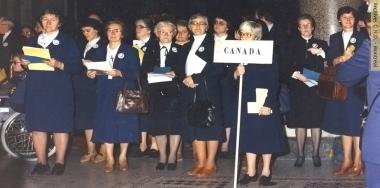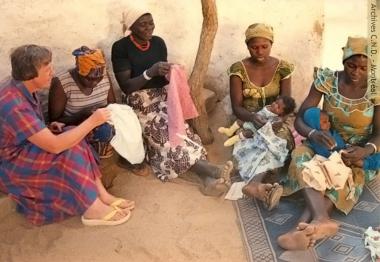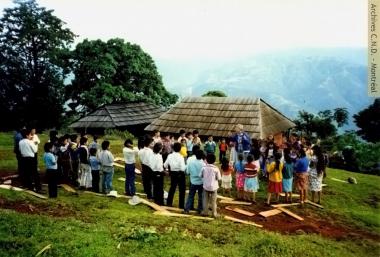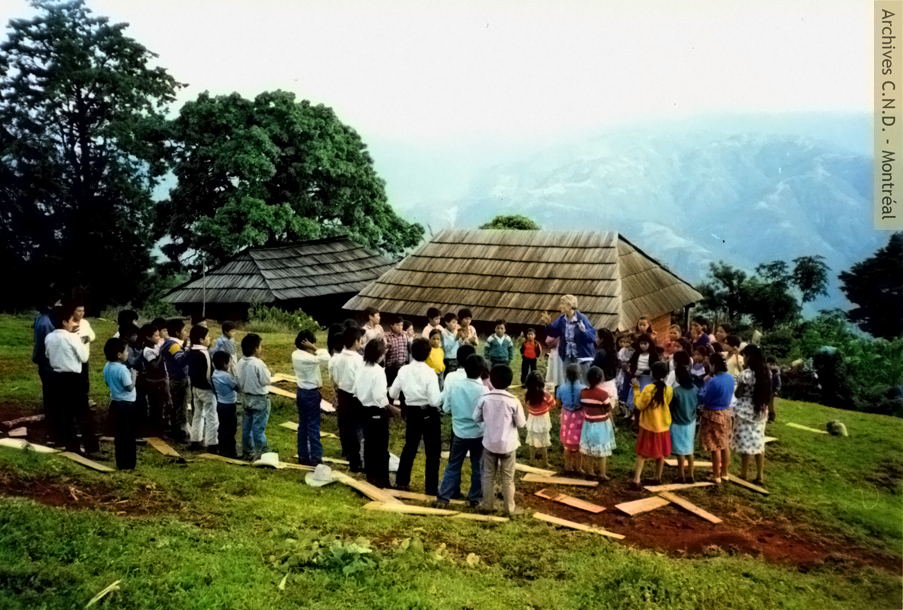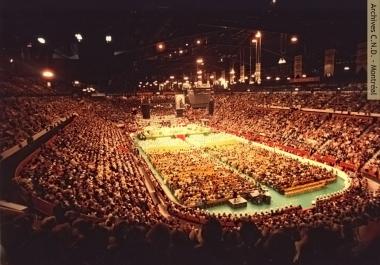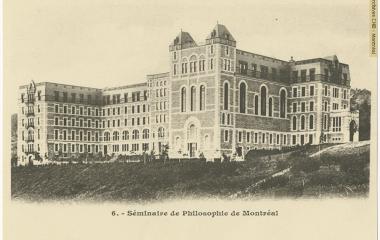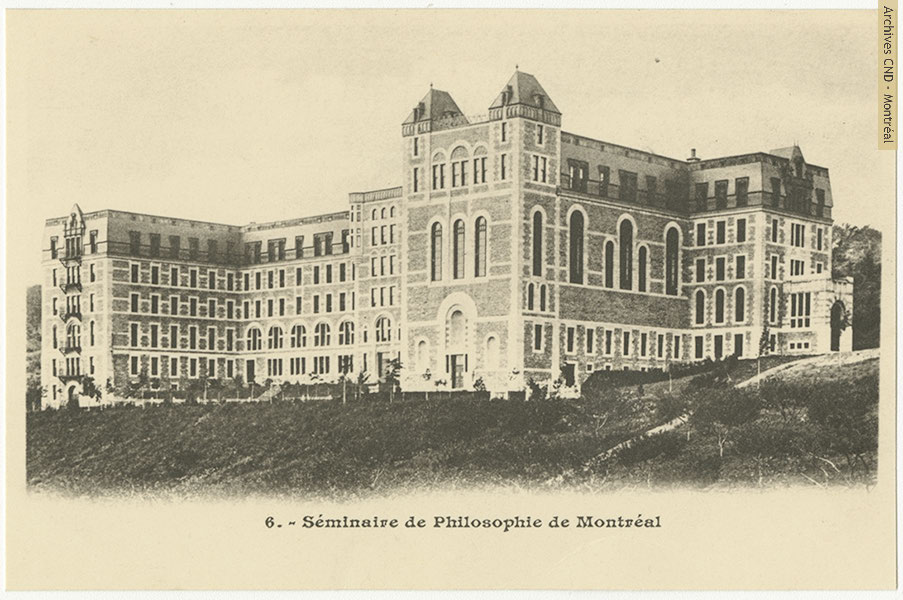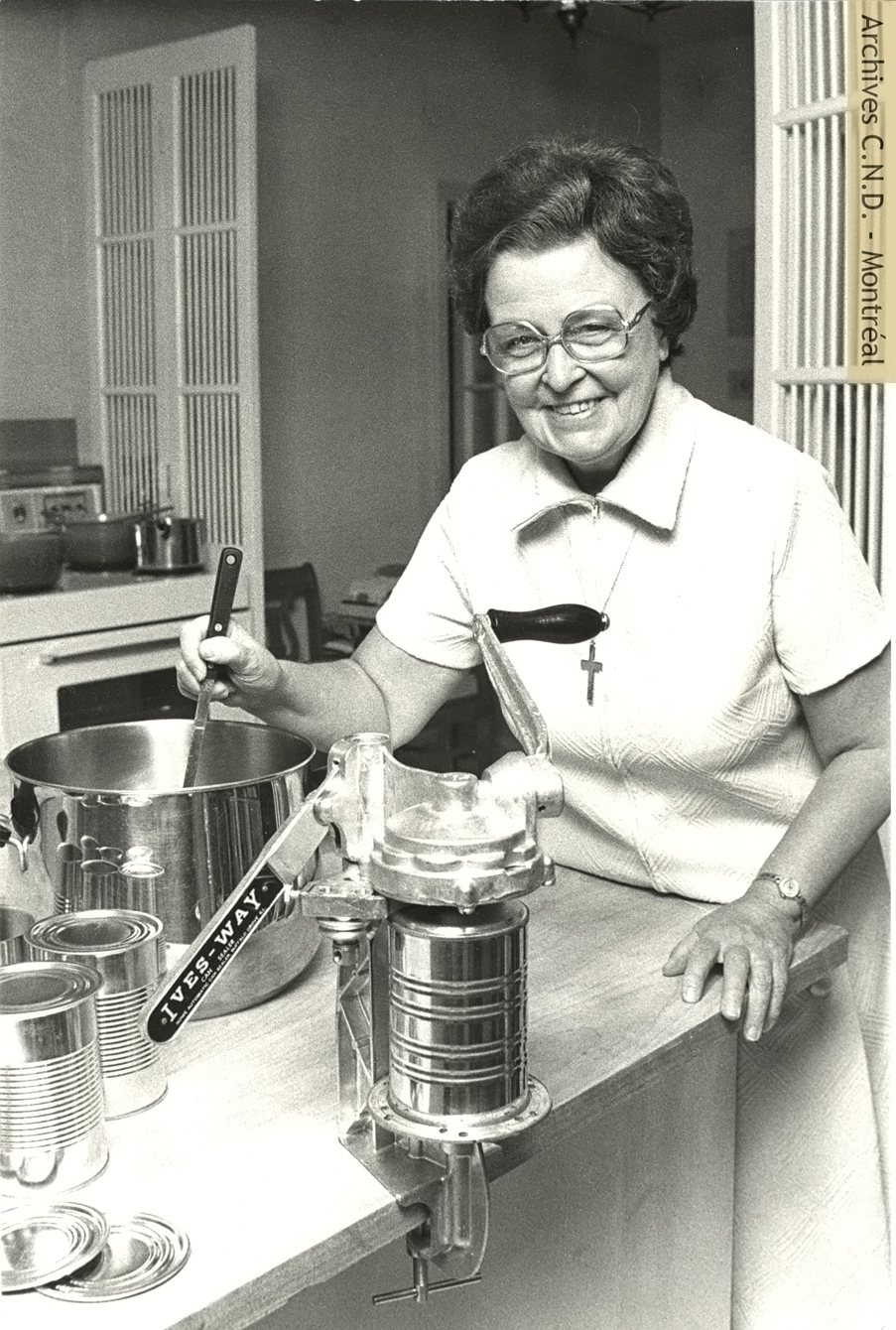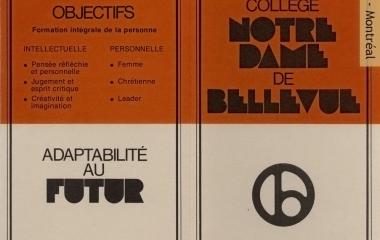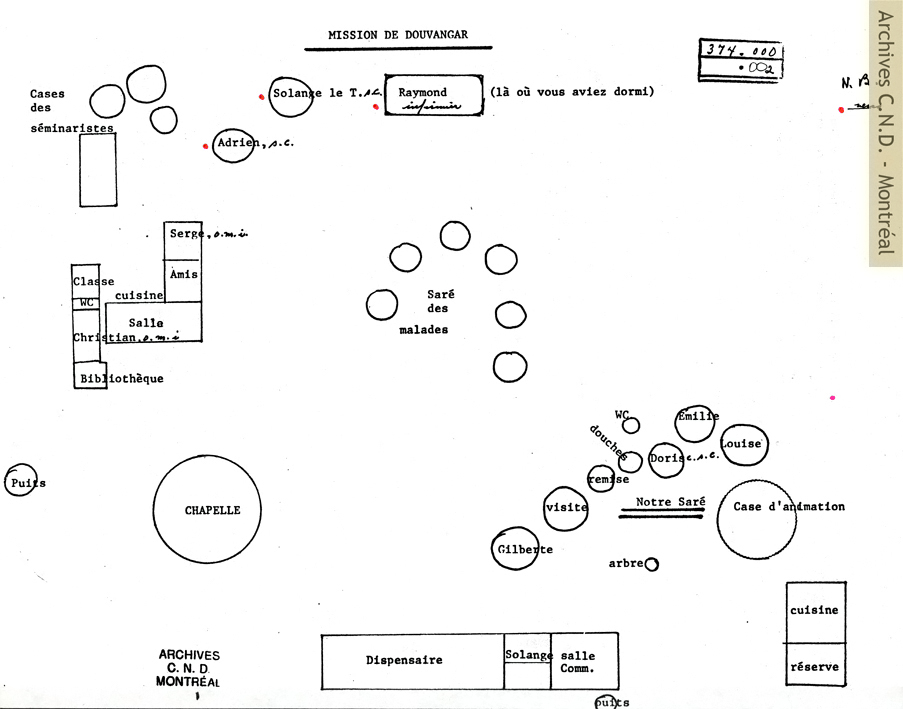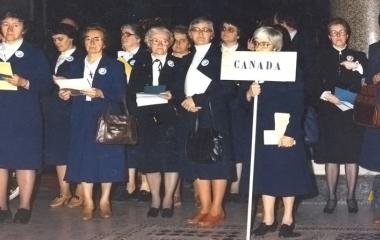The middle and late 1960s were a time of great unrest as the generation born at the close of the Second World War came of age and women assumed an ever expanding public role in society. They were also years that brought many exciting hopes to the Congregation, to Montreal, to Canada and to the world. The Second Vatican Council closed at the end of 1965 with a promise of renewal and fresh life for the Catholic Church. In 1967, Canada celebrated the 100th anniversary of Confederation with an immensely successful international exhibition that brought the world to Montreal. In July 1969, the world watched in wonder as man landed and walked on the moon. However, old problems had not disappeared and new ones were also on the horizon.
The industrial revolution wrought huge changes in 19th century western society. The technological revolution of the second half of the 20th century brought even more far-reaching and rapid change to the whole world. Ease and speed of travel, the creation of evermore effective, sophisticated and rapid means of communication created the phenomenon known as “the global village”. The Cold War between the West and what had been the communist bloc came to an end but new areas of conflict appeared and new fears made their appearance, among them, climate change and terrorism. In Canada, tensions continued among the founding peoples with the emergence of a strong separatist movement in Quebec, where the secularization observable in many parts of western society advanced at its most rapid rate. At the same time, immigration from many different parts of the world made Canadian and Quebec society more diverse than ever before, both ethnically and religiously. The approach of a new century, a new millennium, might offer unprecedented opportunities but would certainly bring unprecedented challenges.
